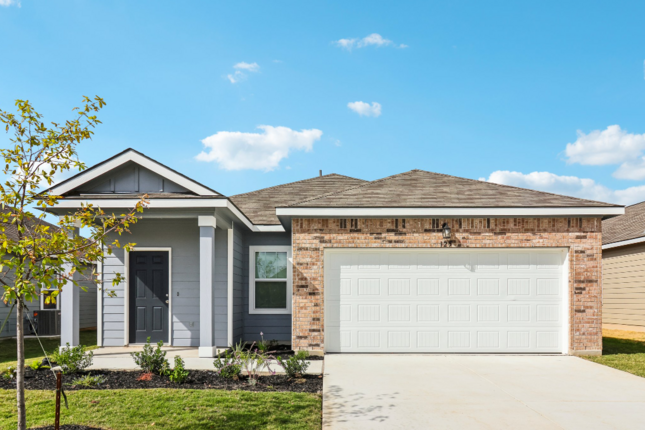Have you ever had a goal you wanted to achieve so badly you didn’t even know where to start? If you’re daydreaming about becoming a homeowner, you probably know how this feels. More often than not, the path to homeownership starts with budgeting, and it can feel intimidating if you’ve never done it before. Thankfully, there are a ton of efficient, creative budgeting methods that will help you get your savings in shape and turn your goals into reality in no time.
Zero-Based Budgeting
If you’re worried that budgeting involves strict limitations, zero-based budgeting is for you. This flexible budgeting method is based on a simple principle. Every month, your income minus your expenses has to equal zero. How those expenses are broken down is up to you. Have an upcoming concert you want to see? Increase your entertainment budget that month to purchase tickets. As long as you’ve used all your money for necessities, wants and savings at the end of the month, you can save for a home without sacrificing on fun.
Envelope System
This old-school method helps make budgeting more visual. Start by creating a paper envelope for every category in your budget. If your clothing budget is $100 a month, put that money into its own envelope. When you buy a new shirt, take money out of the envelope to pay for it. Once it’s empty, you’ve reached your budget for the month.
Want to make this method more modern? Ditch the envelopes and download a budgeting app or use a spreadsheet to track your spending for each category.
50/30/20 Rule
If you’re looking to begin your budgeting journey, but don’t want to get too in the weeds, try starting with the 50/30/20 rule. Instead of breaking down your budget into specific expenses like groceries, utilities and rent, you’ll use three overarching categories — needs, wants and savings. Fifty percent of your monthly budget will go toward needs, 30% will be used for wants and the final 20% will go toward your savings. This simple approach will help you embrace a budget and save for a home, all without getting too granular.
52-Week Challenge
This method may not result in enough savings for a house, but it is a fun way to practice budgeting. Over the course of a year, set aside money to save each week. During the first week, save a dollar. Then during the second, save two. Continue this pattern for 52 weeks, and at the end of the year, you’ll have saved $1,378. Once you’re setting aside larger amounts of money each week, you’ll gain valuable insights into your spending habits, which will help you when you start a real budget.
Debt Snowball
Have you ever built a snowman? After rolling a small snowball through snow, it becomes large quickly. The debt snowball method applies that logic to your finances, and it can be an effective strategy to save for a house and strengthen your credit score.
Start by listing out all your debts, such as credit card balances, student loans and car payments. Then aggressively pay off your smallest debt, while making minimum payments on the others. Once the smallest debt is paid, roll the money you were putting toward it into the next smallest debt. Continue this snowball until all your debts are paid off. With a little patience, you’ll free up money you can start putting toward a new home.
Monopoly Money
It may not be game night, but you can still put that Monopoly box to good use. Before you can build a budget, you need to understand where your money is going, and using Monopoly money is a creative way to visualize your expenses.
Add up a stack of paper bills that equals your monthly income. Is $300 what you usually spend on groceries? Take six blue bills out of your stack and put them in their own pile. Continue this process until you’ve gone through all your expenses. Once you know how much you have left for savings, you can start planning to buy a house that isn’t a game token.
Milestone Celebrations
It can be hard to stay motivated after budgeting for a few months, so setting smaller milestones can help keep you on track. Try challenging yourself to a month of no dining out. If you accomplish this goal, treat yourself to a little reward, like going out for ice cream. If you set small milestones, the big picture won’t feel so daunting, and you’ll be one step closer to your new home every day.
Whether your goal is to save for a downpayment or put money away for a mortgage, these saving strategies will help you start the journey toward homeownership. Need more advice on how to reach your homebuying goals? Get in contact with one of our Home Guides and schedule an appointment today.



